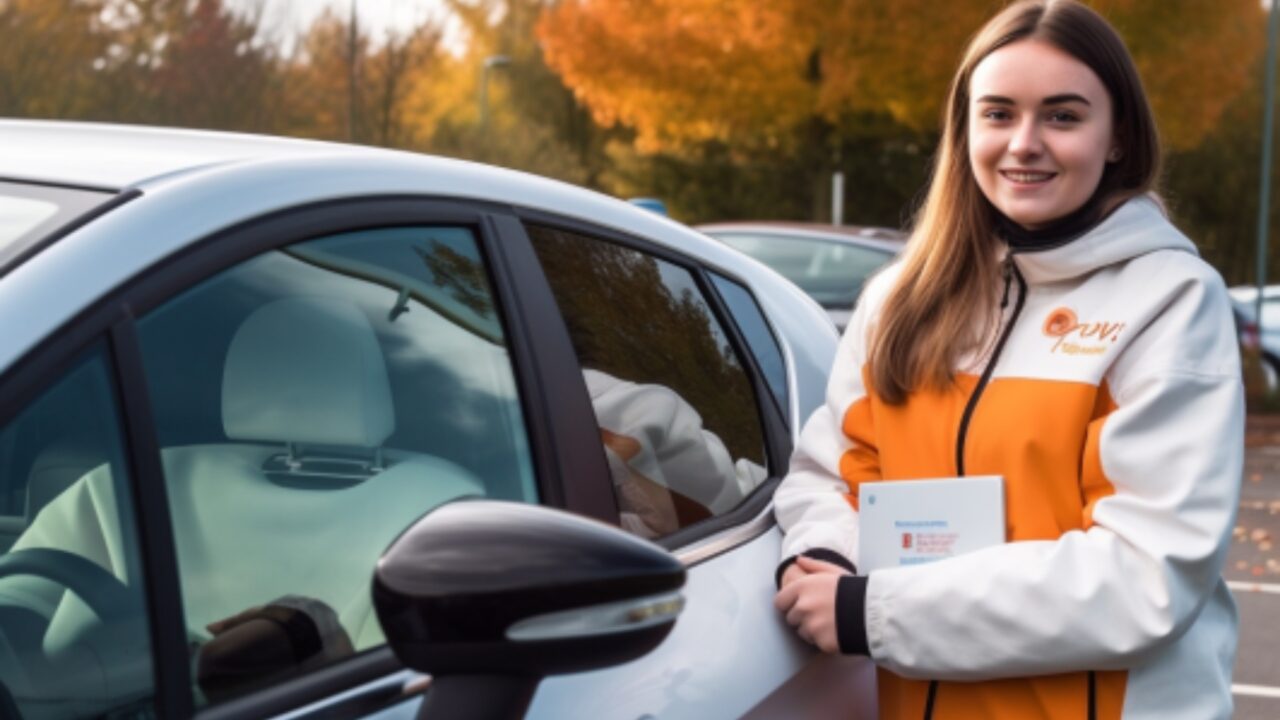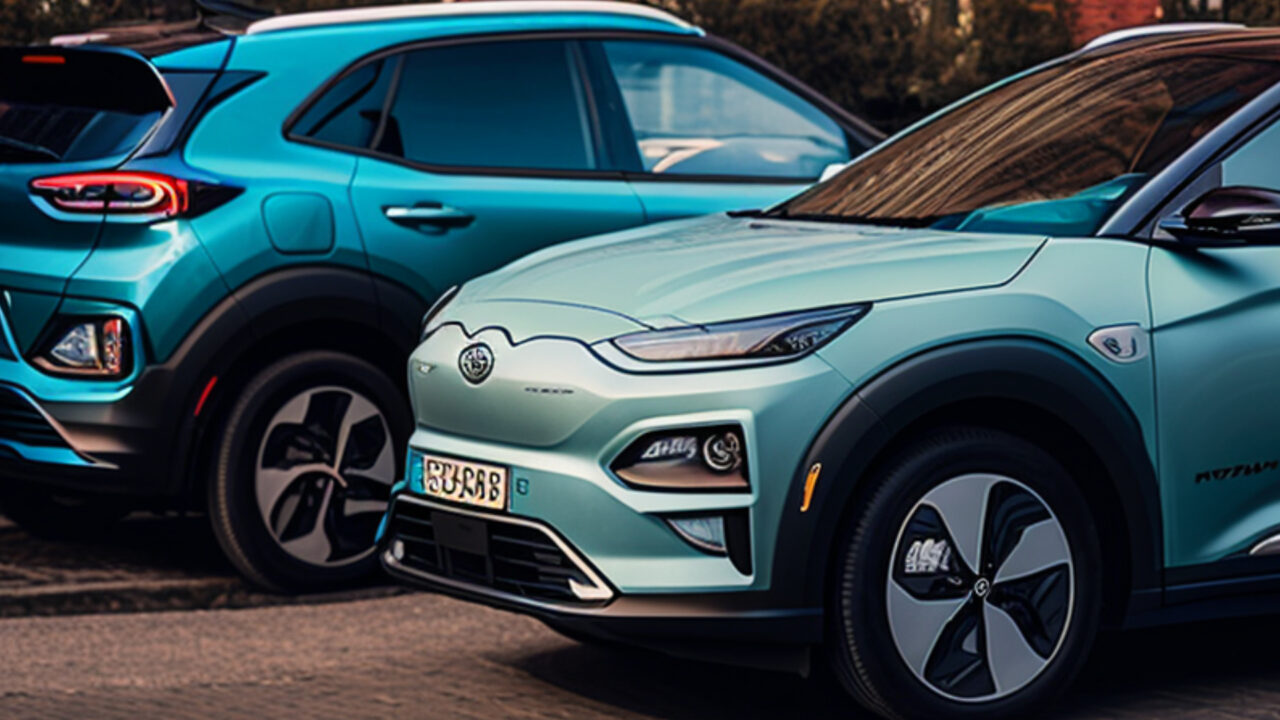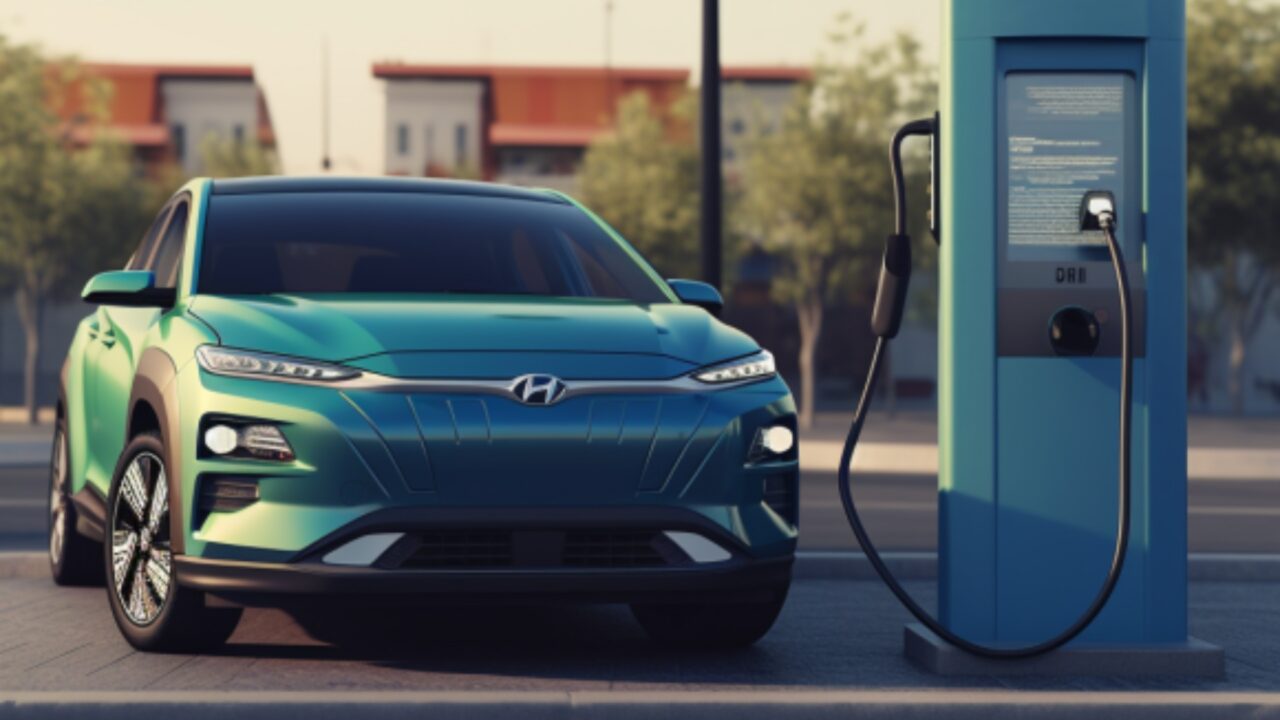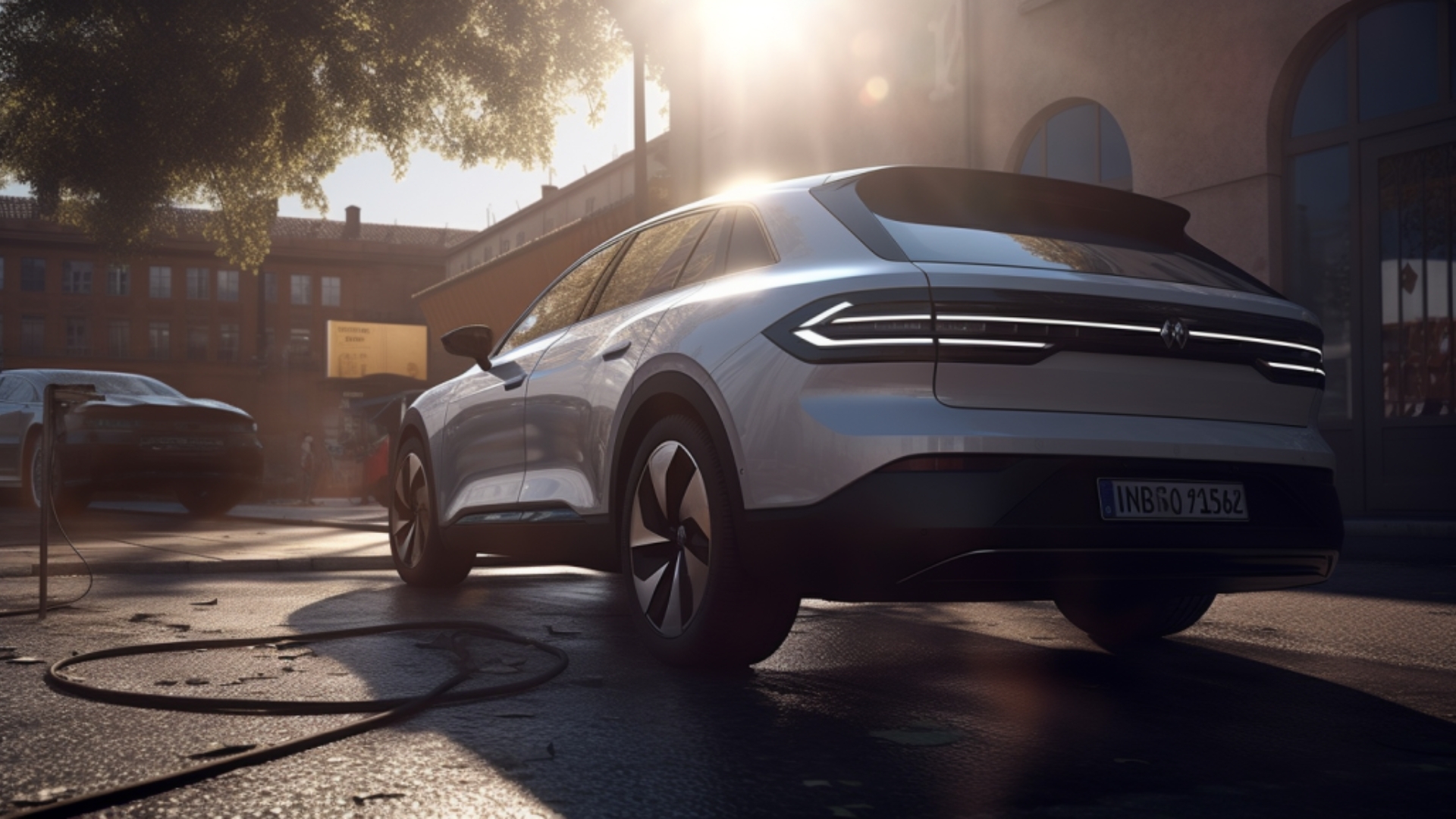Learn to drive in an electric car for a sustainable future. But are there any new rules, challenges or opportunities?
Learning to drive in an EV and hybrid electrics has many benefits, including the environmentally friendly aspect of reducing carbon emissions. It is also a cost-effective option as running costs can be cheaper, with an average price of £30-£40 per hour for driving lessons. Additionally, the safety features in an EV make it easier to drive as long as you are used to the features the vehicle offers.
Driving lessons for beginners learning to drive in an electric vehicle (EV) will become increasingly common as all new cars sold from 2035 in the UK will have to be electric as part of the government’s net-zero targets.
At the moment, it could also help those who are scared to drive a manual car because they are afraid of having to use a clutch and change gears.
What are the rules?
Driving tests in EVs and automatic hybrid vehicles currently follow the same rules as driving lessons for automatic cars, which means that if you pass your test in an EV, your license only covers you to drive automatic cars, not manual ones. The rules are set out by the Vehicle Standards Agency DVSA.
While electric cars are simpler to drive than most petrol or diesel-powered cars because they are automatic, there are still differences in acceleration, charging techniques, economic use of battery pack power and awareness of other road users.
Despite the increasing demand for EVs, demand is still in favour of learning to drive and passing the practical driving test in a manual car as this keeps all driving options open both now and in the future.
The ‘show me, tell me’ section of the test may need to be updated to include questions related to electric vehicles, such as how to use an EV charge point and where to find available charge points in areas. This is because knowing how to charge an electric car is an important skill for drivers.
Finding an EV driving instructor
When searching for an EV driving instructor, it will be difficult to find an instructor specifically for this with experience with electric vehicles as it is to find an instructor for purely automatic driving at the moment.
It is more important to find a good driving instructor, as it is crucial to your success in learning to drive, especially when learning to drive an EV. The right instructor can help you build confidence, learn essential driving skills and pass your driving test on the first attempt.

One of the best ways to find a good driving instructor is through word-of-mouth recommendations from friends, family, or colleagues who have learned to drive recently. You can also check online reviews and ratings of driving schools in your area.
When selecting a driving instructor, look for someone who is patient, experienced, and knowledgeable about electric cars. A good instructor should be able to explain the features and controls of the electric car clearly and demonstrate how to use them effectively. They should also provide you with practical tips for conserving energy and maximizing range.
The cost of driving lessons can vary depending on your location and the instructor’s experience. On average, driving lessons in the UK cost around £25 to £30 per hour. However, some instructors may offer discounts for block bookings or intensive courses.
It’s essential to have a good rapport with your driving instructor, as you will be spending a lot of time together in the car.
EV driving theory test
The driving theory test for EVs is the same as for conventional vehicles, but it’s important to have knowledge about the specific features of EVs. It costs £23 to take the theory test and you can book it online.
Driving differences
As electric vehicles become more popular, it’s important for new drivers to understand the differences between driving an EV compared to a traditional car. Learner drivers will need to pay close attention to their battery power and learn to anticipate their usage to avoid being stranded on the road. Check our guide to charging for more information here.
Factors such as temperature and terrain can impact the distance it can travel on one charge. Driving courses will likely include training on how to optimize the car’s range and conserve battery power through techniques such as regenerative braking and single-pedal driving.
It is likely that driving tests will eventually adapt to look into the control a driver has in using single-pedal driving when regenerative braking is used.

With the quieter engine of an electric car, drivers must exercise caution and awareness, especially near pedestrians and cyclists who may not hear the quieter electric car approaching. Learner drivers must demonstrate their ability to observe and anticipate the actions of other road users and take appropriate measures to ensure everyone’s safety. including pedestrians and cyclists and take appropriate measures to ensure their safety.
Practical driving test in an EV
Taking the practical driving test in an EV is no different from taking it in a conventional vehicle. The cost of the test is £62 on weekdays and £75 on weekends, evenings and bank holidays. But you will also require your own car or your driving instructor’s vehicle to get you to and from the test centre, as well as their time to include in this cost.
Taking the practical driving test in an electric vehicle (EV) is becoming increasingly common in the UK, as more and more people are switching to eco-friendly driving options. The good news is that there are no significant differences in taking the practical driving test in an EV compared to a conventional vehicle.
During the test, the examiner will assess your driving skills, including your ability to control the vehicle, navigate road systems, and follow traffic laws. The examiner will also evaluate your knowledge of the vehicle’s controls, including how to operate the electric motor and other relevant features.
One significant advantage of taking the practical driving test in an EV is that you won’t need to worry about gear changes, as most electric cars have automatic transmissions. This can make the driving test less stressful and more straightforward, as you can focus more on your driving and less on operating the vehicle.
Before taking the test, it’s essential to ensure that you have sufficient practice and experience in driving an EV. You should also familiarize yourself with the test routes and the driving requirements to increase your chances of passing the test successfully.
Taking the practical driving test in an EV is an excellent option for those looking to reduce their carbon footprint while obtaining their driving license. With no significant differences in the test process, it’s worth considering if you’re already comfortable driving an electric car and are not likely to change to a vehicle with a manual gearbox in the future.
Post-test EV driving
Congratulations on passing your driving test in an EV! Now that you have your license, it’s time to take your EV driving skills to the next level. One of the most important things to focus on after passing your test is maximizing the efficiency of your vehicle. This will not only save you money on fuel costs but also reduce your carbon footprint. Once you pass your driving test in an EV, it’s important to continue developing your driving skills.

To start, make sure you are familiar with the EV’s features and settings. Most modern EVs come equipped with features such as regenerative braking and eco-mode, which can help you save energy while driving. Additionally, learning how to use your EV’s navigation system to plan your route around charging stations can help you avoid range anxiety and make your journeys smoother.
It’s also important to continue practising safe driving habits, such as following speed limits and keeping a safe distance from other vehicles on the road. Remember, driving an EV does not make you immune to the rules of the road.
Finally, consider taking an advanced driving course. These courses can help you further develop your driving skills, learn how to maximise your vehicle’s efficiency and improve your confidence on the road.
Overall, passing your driving test in an EV is just the beginning of your journey as an EV driver. With continued practice and attention to efficiency, you can become a confident and responsible driver while enjoying the benefits of driving a more sustainable vehicle.
Your licence
Drivers’ with a full category B or category B auto driving licence can legally drive an electric car. There is no need for a new special licence to drive an electric car. Additionally, it is possible to take the category B auto-driving test in an electric car.
Driving an electric car is similar to driving an automatic car and can be driven with a manual licence. If you pass your driving test in an electric car, you’ll be given a category B auto licence that allows you to drive automatic petrol cars and electric cars.
However, if you want to drive manual cars, you’ll need to pass your driving test in a manual car to get a Category B licence.
EV insurance
Insuring an EV can be more expensive than insuring a conventional vehicle, and this is mainly down to the cost of the EV against their counterparts, but it’s worth shopping around to find the best deal. The average cost of EV insurance for new drivers is around £1500-£2000 per year.
You can also check out our blog for safer winter driving here.
